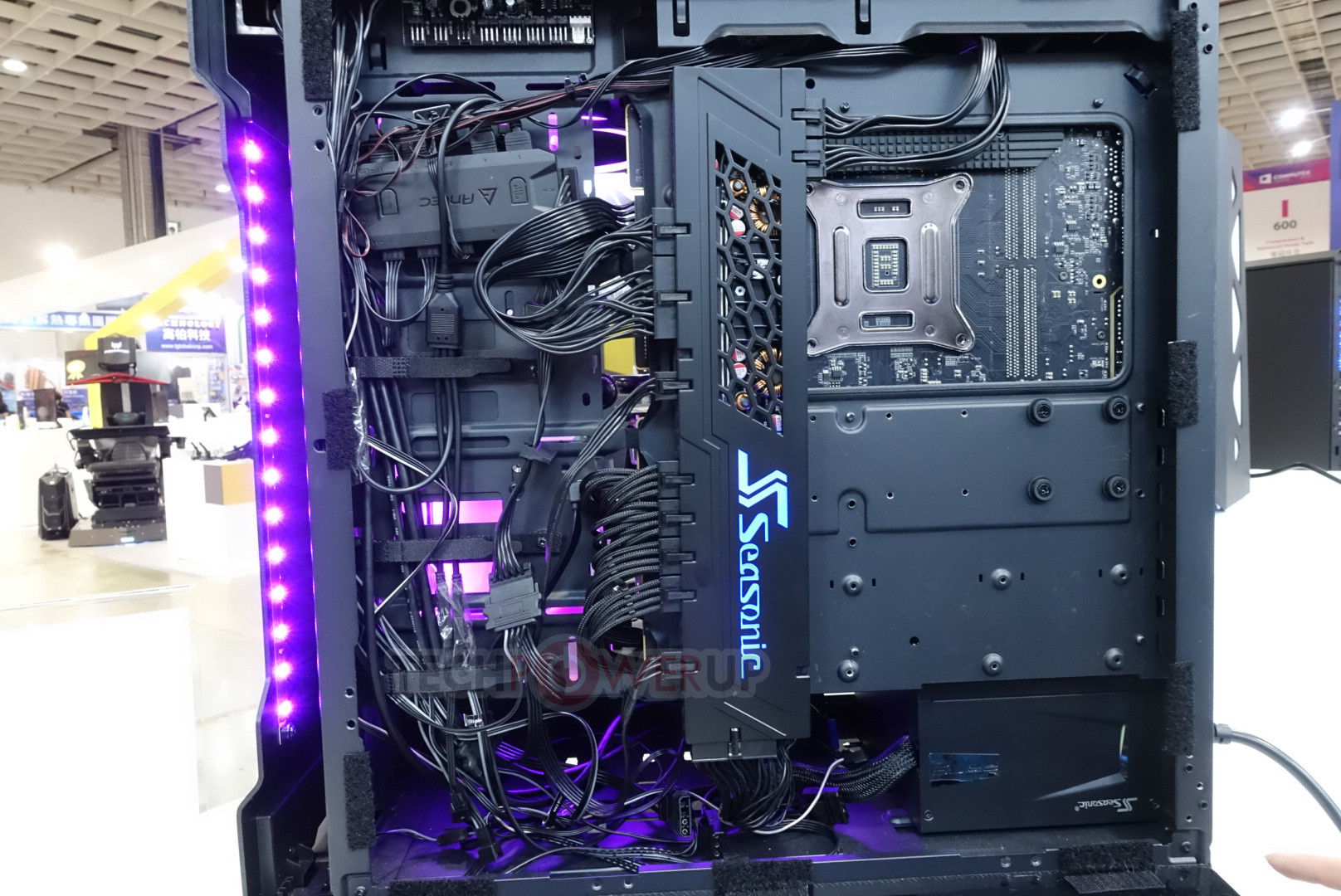Dude, please stop spreading FUD.
eSATA could easily be added with a passive adapter to any motherboard, such as this. If anything, eSATAp failed, which as the much better standard that had power as well. That said, by the time that came around, USB 3.0 had already won and if you want to blame anyone here, blame the SATA-IO for not pushing/promoting their standards better.
M.2 is NOT expensive. The drives cost the SAME as SATA SSDs now, unless you're comparing apples and oranges and compare the price of SATA vs NVMe drives. Of course NVMe drives are going to cost more, as they have more pricey controllers and higher-end flash to be able to operate at higher speeds. However, they're not all that much expensive now.
Hard drives are simply not suitable for modern computers as they've become a major bottle neck. I don't want to spend a minute or more waiting for my PC to boot from a mechanical drive when it can boot in 15 seconds from an SSD.
I have 4TB of SSD storage in my PC and I have another 16TB of spinning rust in my NAS, where it belongs.
This has NOTHING to do with licensing. There's no fee to use any of the motherboard or PSU standards in use today and there likely never will be. Intel is in general smart enough to make sure their standards have a wide adoption rate to become standards, rather than some niche products.
By the way, a current ATX PSU is not going to be compatible with some of your antiques, as guess what, the ATX standard has evolved!
The -5V pin was dropped, which means some older boards won't work with new PSUs. We went from 20 to 24-pins and this requires either a split connector or an adapter for current PSUs to work with old boards.
And FYI, this isn't a new thing, 12V only PSUs started in 2011, it's just that Intel is trying to make it a proper standard.

en.wikipedia.org
As for pricing, that's obviously an unknown factor, but if the cost is significantly lower, it's likely we'll pay less, as that's normally how the market works. Initially these new PSUs might not be cheaper, due to lower volumes, but over time they would become the norm and prices will go down.
Yeah, not everything is made in China and not everything made in China is shit. I mean, Apple makes their products in China too... It's all about who your manufacturing partner is and there are plenty of Taiwanese companies that have some of their manufacturing in China. Afaik, most Asus boards are made in China after their split with ASRock (as that was their motherboard production arm). Also, plenty of stuff is still made in Taiwan, so if you're so concerned, support Taiwanese companies instead.
You clearly don't know much about the industry or how these things work, so making silly comments like this, serves ZERO purpose, expect maybe justifying your claims to yourself so you can feel good about them.
You don't have a backplane in your NAS? I have four hot-swapable caddies and a backplane that takes one power connector. Still requires four SATA cables though...





